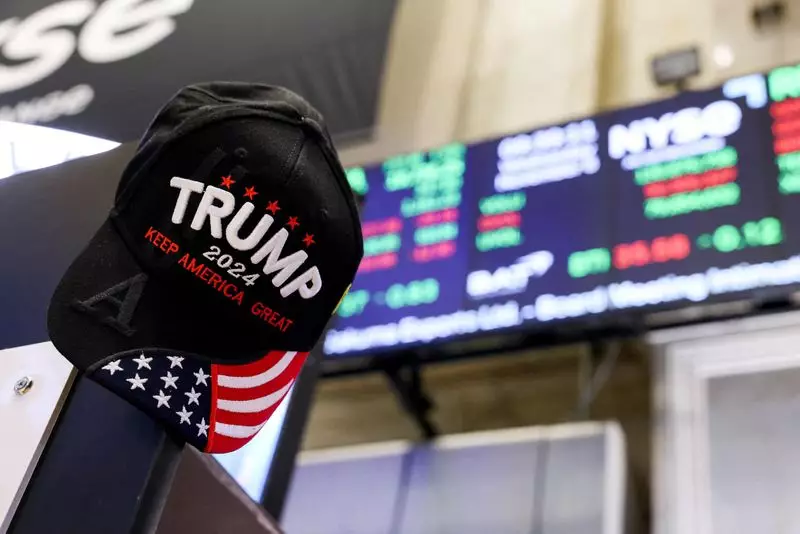In the early hours of Monday, the U.S. dollar demonstrated a significant rebound, reversing a portion of the losses it sustained in the previous week. This resurgence can largely be attributed to unexpected supportive remarks from President-elect Donald Trump, a notable shift from his past stance where he advocated for a weaker dollar to address the U.S. trade imbalance. The market’s interpretation of Trump’s latest comments suggests a commitment to a stronger dollar, leading to enhanced confidence among investors. Consequently, this change ripple through global currency markets, with the Chinese yuan taking a considerable hit, reaching a three-month low against the dollar.
As the dollar strengthens, its effect on other currencies becomes evident. Notably, the dollar rose approximately 0.5% against the Japanese yen, surpassing the 150.50 yen mark per dollar. These developments have overshadowed hawkish signals from Bank of Japan Governor Kazuo Ueda, who noted that interest rate hikes are approaching as economic data aligns favorably. The growth in Japanese business investment, which saw a robust increase of 8.1% in the third quarter, has led investors to speculate a 65% probability of a quarter-point rate hike at the upcoming policy meeting scheduled for December 18-19.
In the United States, employment figures set to be released this week could strongly influence monetary policy direction. Analysts anticipate a notable rebound in jobs, predicting an increase of 195,000 in November, with forecasts ranging between 160,000 and 270,000 positions added. The wide variance in these expectations indicates potential market volatility, particularly if the actual figures exceed predictions. JPMorgan, for example, is projecting a robust 270,000 increase, hinging on the recovery from hurricanes and strikes that previously impacted employment numbers.
However, notwithstanding the anticipated job growth, there is concern that the unemployment rate may rise to 4.2%, inching closer to the Federal Reserve’s projected 4.4%. This looming rise in unemployment could open the door for a rate cut during the Fed’s December meeting, signaling a nuanced approach to economic stabilization.
Across the Atlantic, the European Central Bank (ECB) is facing its own challenges, with analysts expecting at least a 25 basis point cut in rates during the upcoming December 12 meeting. The prevailing market sentiment assigns a 21% probability to a more aggressive 50 basis point reduction, reflecting increasing pressure on the ECB to adapt to shifting economic landscapes. Comparatively, current expectations set a floor for ECB rates at 1.6%, substantially lower than the Federal Reserve’s rate of 3.75%.
In France, political uncertainty is also mounting as the far-right National Rally party has introduced the possibility of a no-confidence vote against Prime Minister Michel Barnier. Such political tensions could exacerbate the fiscal situation in France, pushing the budget deficit to potentially alarming levels nearing 6% of GDP. This situation raises serious questions about borrowing costs, leading to fears that France may soon face higher interest rates than Greece, further complicating its economic recovery prospects.
Lastly, the situation with the Russian rouble warrants attention as it endured a sharp decline last week, seemingly endorsed by Russian authorities who may perceive a weaker currency as beneficial for enhancing export revenues from dollar-priced commodities. The implications of allowing the rouble to weaken are multifaceted; while it could inflate export profits in the short term, long-term economic stability could be jeopardized by increased inflation and reduced purchasing power domestically.
The current landscape of global financial markets is marked by pivotal currency movements influenced by political decisions, significant employment data releases, and central bank monetary policies. Each of these elements interacts in complex ways, giving rise to a fluid environment where market participants must remain vigilant and agile in response to evolving economic indicators and geopolitical developments.

